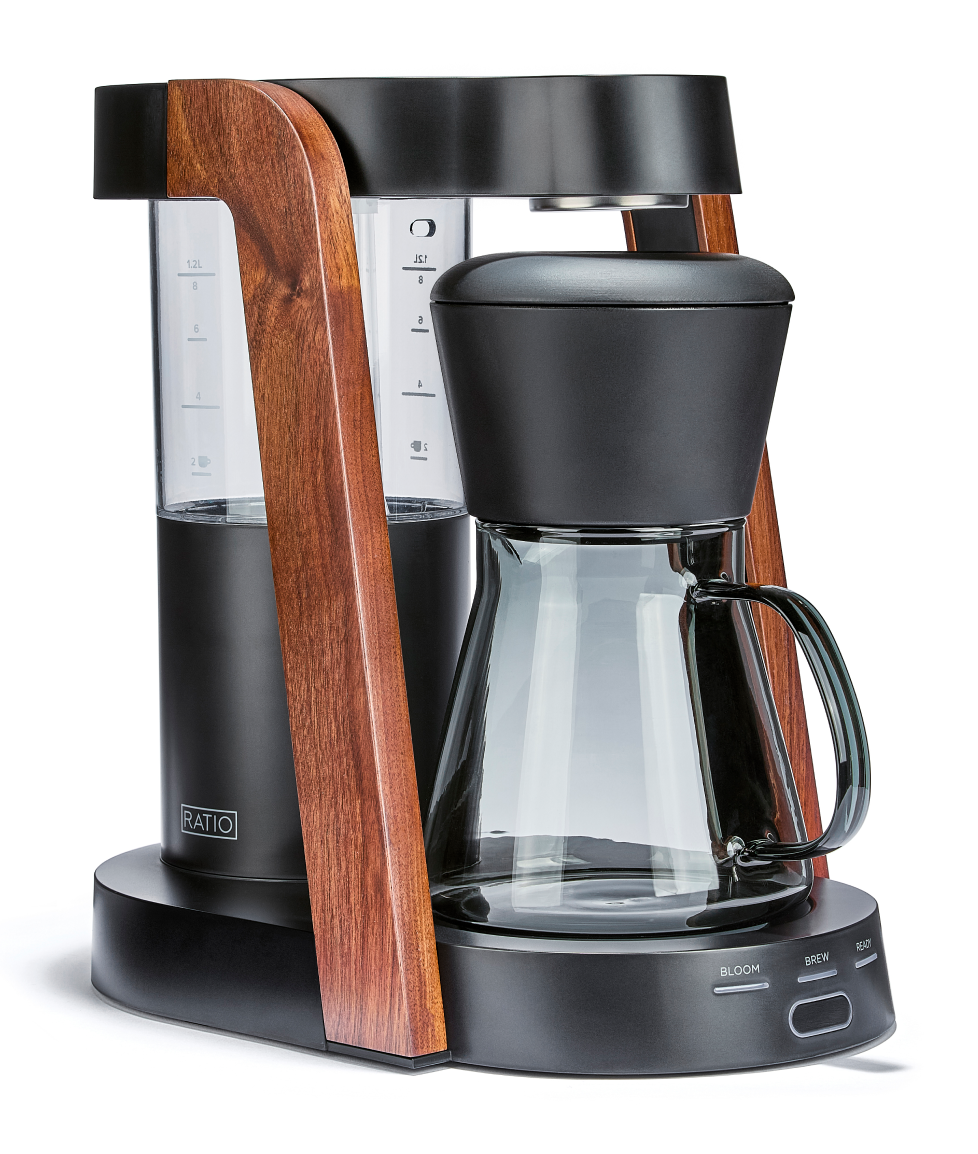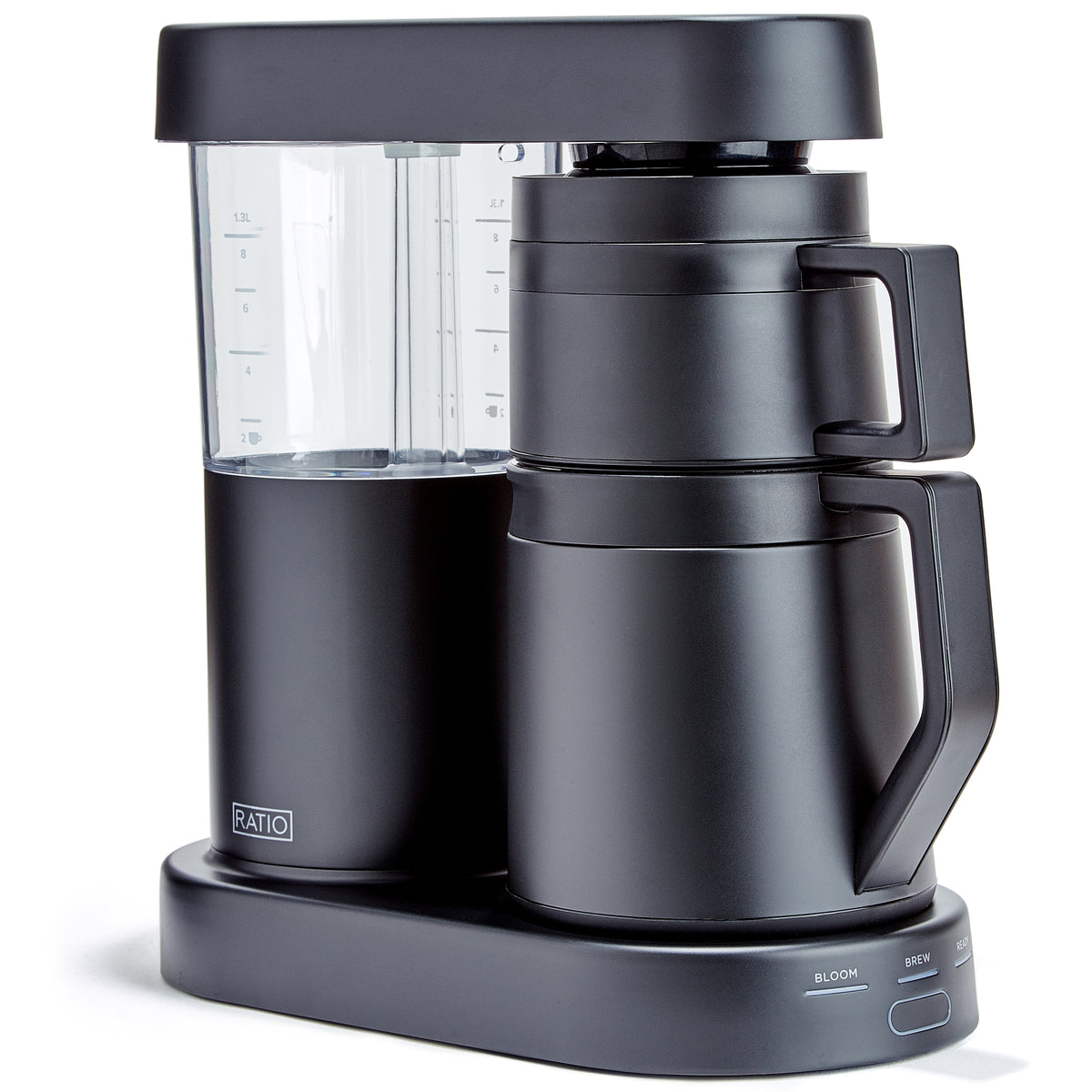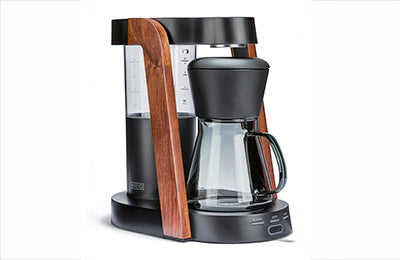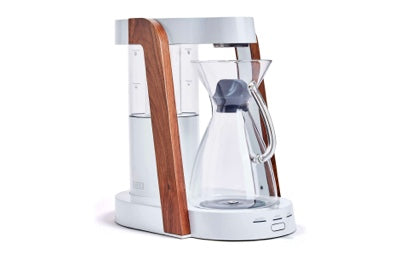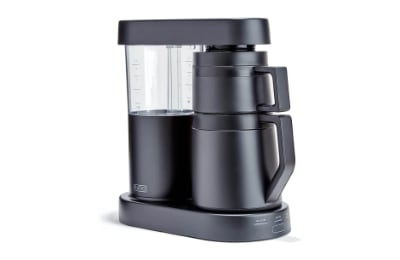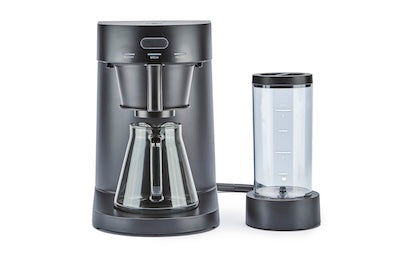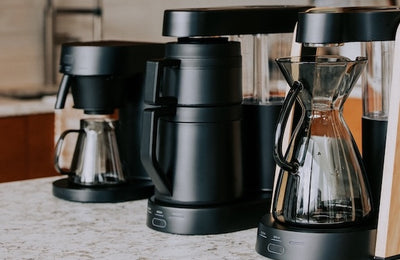When Cold Brew Turns Bitter (And How to Prevent It)
Key Takeaways
-
Cold brew bitterness often comes from over-extraction due to excessive steep time or too-fine grinds
-
Using the wrong water-to-coffee ratio can create harsh flavors instead of a smooth profile
-
Bean choice and roast level greatly influence whether bitterness emerges
-
Water quality impacts taste just as much in cold brew as in hot brew
-
Consistent grind size, proper steep time, and balanced ratios keep cold brew sweet and mellow
Cold brew is famous for its smooth, chocolatey profile and lower acidity, making it a favorite among coffee drinkers who want a refreshing, easy-to-drink option. But when done wrong, this smooth beverage can turn unexpectedly bitter. Understanding why bitterness creeps into cold brew—and how to prevent it—can save your summer coffee game.
The Science Behind Cold Brew Bitterness
Cold brew is made by steeping coffee grounds in cold or room-temperature water for an extended period, typically 12–24 hours. While this method extracts fewer acidic compounds than hot brewing, it still draws out bitter-tasting compounds if the brew is left too long or if other variables are off.
Main causes of bitterness in cold brew:
-
Over-extraction due to long steep times
-
Using grounds that are too fine
-
Beans that are overly dark-roasted or stale
-
Poor water quality introducing off-flavors
Unlike hot coffee, where bitterness can set in within minutes of over-brewing, cold brew’s long steep makes precision all the more important.
Steep Time: Finding the Sweet Spot
Over-steeping is the single most common reason cold brew tastes bitter.
General guidelines:
-
12–16 hours: Produces a smooth, balanced cold brew with sweetness and mild complexity
-
16–24 hours: Can work for certain beans but risks bitterness and astringency
-
Over 24 hours: Almost always leads to harsh, woody flavors
If your cold brew tastes bitter, try reducing the steep time by 2–4 hours and taste again. This small adjustment can dramatically improve the flavor.
Grind Size: Coarse Wins Every Time
Cold brew works best with a coarse grind, similar to raw sugar or coarse sea salt. Fine grinds over-extract quickly in cold water, pulling out tannins and other bitter compounds.
Tips for grind consistency:
-
Use a burr grinder for uniform particle size
-
Avoid blade grinders, which produce uneven grounds
-
If you see a lot of powdery fines in your grounds, your grind is too fine for cold brew
Coffee-to-Water Ratio: Balance Matters
Cold brew concentrates are typically made with a 1:4 to 1:5 coffee-to-water ratio, later diluted before serving. Too much coffee for the amount of water can lead to bitterness, even when steeped correctly.
For ready-to-drink cold brew: Aim for about 1:8 to 1:10 ratio to maintain smoothness.
Example Concentrate Recipe:
-
1 cup coarse-ground coffee
-
4 cups filtered cold water
-
Steep 14–16 hours, strain, and dilute 1:1 with water or milk before serving
Bean Selection: Roast Level and Freshness Count
While you can make cold brew from any coffee beans, your choice will influence the final taste.
-
Light roasts: Bright, tea-like, but can become grassy or sour if steeped too long
-
Medium roasts: Balanced sweetness and body, often ideal for cold brew
-
Dark roasts: Rich and bold, but more prone to bitterness in long extractions
Freshness is just as critical for cold brew as hot coffee. Stale beans produce flat or unpleasant flavors regardless of steeping precision.
Water Quality: The Overlooked Factor
Bad water will make bad cold brew, no matter how perfect your technique. Minerals, chlorine, and off-flavors in tap water can amplify bitterness.
Best practice: Use filtered water with balanced mineral content for a cleaner, sweeter cup.
Brewing Vessel and Filtration
Using the wrong container or filter can also introduce bitterness.
-
Metal containers may impart metallic notes if not lined or coated
-
Cheap paper filters can leave a papery aftertaste if not rinsed first
-
Mesh filters should be cleaned thoroughly between uses to prevent old coffee oils from spoiling new batches
The Ratio Coffee Approach
Starting with a clean, balanced hot brew from a Ratio Coffee machine can be the perfect way to make coffee ice cubes or concentrate for hybrid cold brew recipes. Their precise extraction control ensures you’re beginning with a smooth, full-bodied base—making it harder for bitterness to take over.
Cold Brew Rescue: Fixing a Bitter Batch
Already have a bitter cold brew on hand? All is not lost:
-
Dilute it more: Adding extra water or milk can mellow bitterness
-
Sweeten strategically: A touch of simple syrup or flavored milk can balance sharp edges
-
Serve over coffee ice cubes: As they melt, they reinforce coffee flavor without watering it down further
Preventing Bitterness Every Time
To ensure consistently smooth cold brew:
-
Use fresh, medium-roast beans
-
Grind coarsely and evenly
-
Stick to a 12–16 hour steep window
-
Use high-quality filtered water
-
Clean all brewing equipment thoroughly
By focusing on these variables, you can brew cold coffee that lives up to cold brew’s reputation for smoothness and sweetness.
Frequently Asked Questions
Can I use hot bloom before steeping to reduce bitterness?
Some people use a short hot-water bloom to start extraction, but it can increase acidity and bitterness if not controlled.
Does cold brew get stronger or more bitter the longer it sits in the fridge?
Once filtered, cold brew is more stable, but flavors can still flatten or turn slightly bitter after several days.
Can I make cold brew with espresso beans?
Yes, but darker espresso roasts may lean more bitter in long extractions.
What’s the best way to store cold brew?
In an airtight container in the fridge. Use within 5–7 days for peak flavor.
Should I stir cold brew while it steeps?
A gentle stir at the start helps even saturation, but constant agitation can over-extract and cause bitterness.
 Ratio Eight S2
Ratio Eight S2
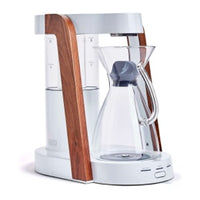 Ratio Eight Original
Ratio Eight Original
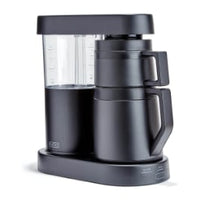 Ratio Six
Ratio Six
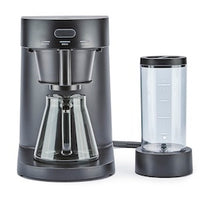 Ratio Four
Ratio Four
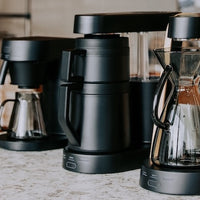 Compare Machines
Compare Machines
